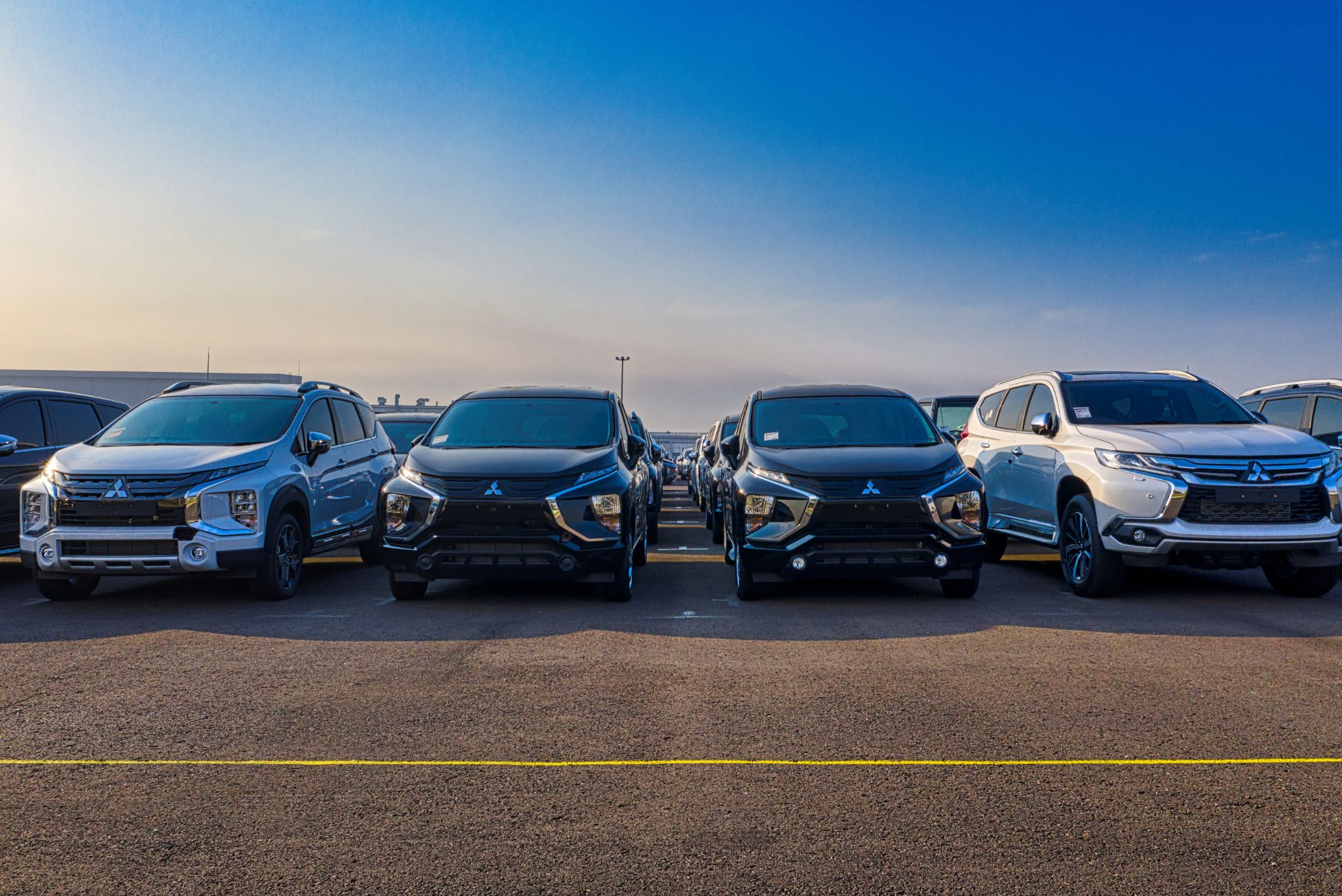Speak to an Expert
Book a CallIntroduction
As fleet management continues to evolve, so do the demands placed on fleet operators. The balance between traditional fleet vehicles and modern alternatives like vehicle reimbursement programs (VRPs) is super important in today’s business and automotive landscape. With a mix of FAVR (Fixed and Variable Rate reimbursement) and traditional company car programs, businesses can streamline operations, reduce maintenance costs, and position themselves as industry leaders in sustainable business practices.
The changing landscape of fleet management
Fleet operators face new challenges with the rising number of electric vehicles (EVs) and other new technology on the roads today, lots of which are impacting everything from fuel efficiency to emissions. Embracing a hybrid approach that blends fleet vehicles with FAVR can ensure that companies stay adaptable, whether they are managing internal combustion engine (ICE) vehicles, EVs, or a mix of both.
In North America and Europe there are initiatives to electrify commercial fleets that are becoming common. But as industries lean into sustainability and shift toward electrification, lots of fleet managers question how to optimize their vehicle programs without overhauling their operations.
Why fleet managers should consider a hybrid approach
For fleet managers, mixing traditional company cars with a vehicle reimbursement program like FAVR isn’t about replacing existing programs/processes but enhancing them. A fleet and FAVR mix can support fleet managers by:
Reducing admin burden: FAVR makes vehicle expense management easy by covering realtime costs, helping fleet managers avoid cumbersome expense tracking for business use.
Offering scalability and flexibility: As new vehicles, like EVs, enter the fleet, having a flexible reimbursement option means managers can adapt to different vehicle types and use cases without extensive reconfigurations.
Cutting liability and emissions: Using personal vehicles with FAVR reduces the company’s insurance liability and helps lower carbon emissions, helping companies reach their sustainability goals.
Fleet managers can rest assured that their roles remain essential. This hybrid model maintains their strategic importance by allowing them to focus on more important activities like route planning, partnerships, and the deployment of telematics for smart fleet management.
Data and expertise
Transitioning to this hybrid approach can seem daunting without data and guidance. Smart solutions are designed to ease these concerns. Our proven track record and case studies demonstrate how FAVR can complement fleet management without adding complexity.
Opting into vehicle reimbursement programs
A FAVR program gives fleet operators the option to streamline their operations without completely shifting away from company vehicles. By allowing employees to opt into a FAVR reimbursement program, fleet managers can maintain fleet vehicles for specialized business use while leveraging the cost savings and flexibility FAVR offers for non specialty vehicle needs.
This flexibility is especially valuable when considering vehicle types that require unique solutions, like EVs with specific charging infrastructure or short term vehicle leases for temporary projects.
Common concerns and transition anxiety
Change can be intimidating, and fleet managers often worry about the complexity of adopting new programs. A good business partner mitigates these fears by ensuring a seamless integration. Smart solutions are tailored to simplify transitions, maintain operational efficiency (no downtime), and provide clear incentives for employees and management.
A smart vehicle program partner will work closely with your team to handle everything from initial planning to execution. Whether it’s incorporating telematics data for real time monitoring or managing the upfront logistics of a mixed vehicle program, a good partner’s goals should be to make this as smooth as possible.
Dissatisfied with current vendors?
Lots of fleet managers and finance professionals are frustrated with current providers that fall short in tech, transparency, and support. Cardata sets itself apart by offering:
Modern and adaptable tech: Our platform integrates with existing fleet telematics and ensures real time updates on business use, maintenance, and vehicle expenses.
Transparency and exceptional support: No hidden fees or surprise costs. Just straightforward solutions that empower fleet managers.
Flexibility in solutions: Whether dealing with Ford’s latest EV lineup or traditional ICE vehicles, Cardata’s FAVR program can be customized to fit your needs.
What fleet managers can expect moving forward
Adopting a fleet and FAVR hybrid mix is more than a short term strategy, it’s a forward thinking approach. Fleet managers who implement a hybrid model can expect:
Streamlined ops: Simplify fleet management, reduce admin burden, and focus on strategic, value-add tasks.
Cost savings: Optimize your fleet by incorporating employee-owned reimbursement options without needing to overhaul your entire vehicle program.
Future proofing with flexibility: Navigate supply chain issues, fluctuations in the availability of new vehicles, and changes in workforce needs without losing momentum.
Conclusion
The future of fleet management lies in adaptable, smart solutions that don’t force a one-size-fits-all model. A blend of traditional fleet management with employee-owned FAVR programs offers the flexibility, efficiency, and cost savings that today’s fleet managers need. Let Cardata guide you through this transition, providing the tools, expertise, and support to ensure your company vehicle program stays optimized for the challenges of tomorrow.
Reach out today to learn how we can help you build a sustainable, forward-thinking fleet strategy.
Share on:



